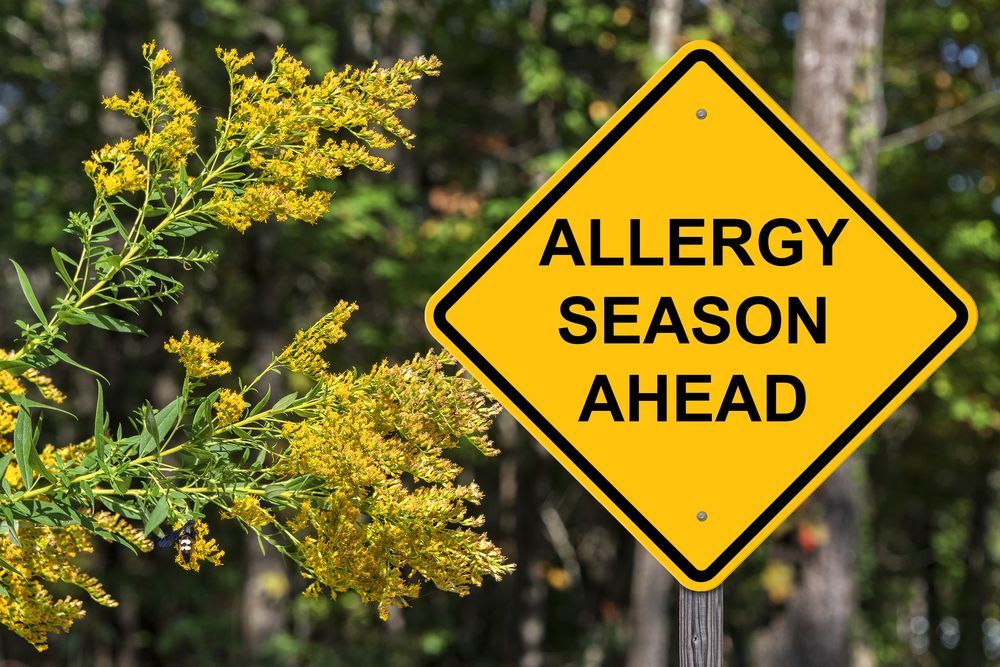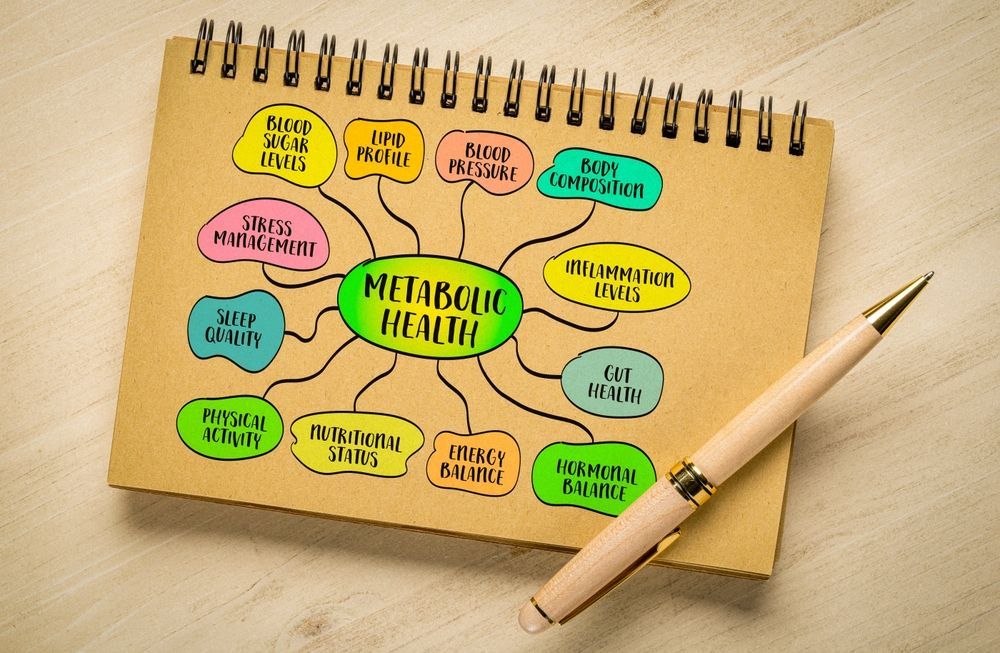Can IV Therapy Help with Seasonal Allergies?

Understanding Seasonal Allergies
Seasonal allergies, often known as hay fever or allergic rhinitis, are a common affliction affecting millions of individuals each year, particularly during certain times when pollen counts soar. These allergies typically occur in the spring, summer, and fall, aligning closely with the blooming cycles of various plants and trees. As pollen is released into the air, sensitive individuals may experience a host of symptoms that disrupt their daily lives.
The Science Behind Seasonal Allergies
The underlying cause of seasonal allergies lies in the immune system's overreaction to harmless substances, such as pollen. When pollen is inhaled, the immune system identifies it as a foreign invader. In response, it releases histamines and other chemicals that trigger allergy symptoms. This immune response can vary from person to person, resulting in different levels of sensitivity and severity of symptoms.
Research indicates that environmental factors, including air quality and climate changes, can influence the intensity of pollen seasons. For instance, warmer temperatures can extend the blooming period of plants, increasing the duration and severity of seasonal allergies. As the global climate continues to change, many experts anticipate that allergy seasons may become longer and more intense. Additionally, urban areas often have higher levels of pollution, which can exacerbate allergic reactions by irritating the respiratory system and making individuals more susceptible to allergens.
Common Symptoms of Seasonal Allergies
Individuals suffering from seasonal allergies may experience a variety of symptoms, including:
- Runny or stuffy nose
- Itchy or watery eyes
- Sneezing
- Coughing
- Fatigue
These symptoms can range from mild annoyance to severe discomfort, significantly impacting a person's quality of life. Understanding these symptoms is crucial for effective management and treatment. In addition to the physical symptoms, many individuals also report psychological effects, such as increased irritability or difficulty concentrating, which can stem from the constant discomfort and fatigue associated with their allergies. This multifaceted impact highlights the importance of addressing not just the physical symptoms but also the emotional well-being of those affected.
Moreover, the timing of symptoms can vary widely depending on the specific allergens involved. For example, tree pollen is most prevalent in early spring, while grass pollen peaks in late spring and early summer, followed by weed pollen in the fall. This seasonal variation means that individuals may need to adjust their management strategies throughout the year, including the use of antihistamines or nasal sprays, to effectively cope with their symptoms as different plants come into bloom.
An Overview of IV Therapy
Intravenous (IV) therapy has gained popularity over the years as a method to deliver fluids, nutrients, and medications directly into the bloodstream. This bypasses the digestive system and allows for more immediate absorption, making it an effective option for those requiring rapid treatment.
The Basics of IV Therapy
IV therapy can be used for various medical and wellness purposes. By infusing vitamins, minerals, and hydration through an IV line, individuals can achieve a higher concentration of nutrients in their bloodstream. Commonly infused substances include Vitamin C, magnesium, and hydration solutions, tailored to meet the specific needs of the patient.
The Process of IV Therapy
The process of receiving IV therapy typically involves a few simple steps:
- Initial assessment by a healthcare professional to determine individual needs.
- Insertion of a small catheter into a vein, usually in the arm.
- Infusion of the chosen solution over a specified period, which can range from 30 minutes to a few hours.
- Monitoring of the patient throughout the procedure to ensure safety and comfort.
This relatively straightforward process can provide numerous benefits, especially for individuals with specific health concerns, such as allergies.
The Connection Between IV Therapy and Allergies
As research into alternative treatments continues to evolve, more people are exploring the potential benefits of IV therapy for alleviating allergy symptoms. Although not a magic solution, many patients have reported positive results with this treatment.
How IV Therapy May Alleviate Allergy Symptoms
One key aspect of IV therapy that may help combat seasonal allergies is the infusion of high doses of vitamin C. Vitamin C has well-documented antioxidant properties that may reduce inflammation and boost the immune system's ability to function effectively. Furthermore, hydration through IV therapy can assist in flushing allergens out of the body more efficiently.
The Role of Hydration in Allergy Relief
Staying well-hydrated is crucial, especially during allergy season. Dehydration can exacerbate symptoms, including nasal congestion and fatigue. IV therapy provides a rapid and effective method of hydration, ensuring that individuals are not only replenishing fluid levels but also counteracting the dehydrating effects of allergic reactions.
Potential Benefits of IV Therapy for Allergy Sufferers
The combination of vitamin infusions and hydration has led many to consider IV therapy as a viable option for managing seasonal allergies. The potential benefits are enticing.
Immediate Relief and Long-Term Benefits
Many patients report feeling immediate relief from their allergy symptoms following an IV therapy session. The rapid absorption of nutrients can result in quick changes in energy and symptom alleviation. Over the long term, regular treatments may help improve the body’s overall resilience against allergens, potentially reducing the severity of reactions.
Customizing IV Therapy for Individual Needs
One of the significant advantages of IV therapy is the ability to customize the treatment to suit individual needs. A healthcare provider can assess the specific allergens and symptoms an individual is experiencing and tailor the IV solution accordingly. This personalized approach can make IV therapy a particularly appealing option for allergy sufferers looking for solutions.
Risks and Considerations of IV Therapy for Allergies
While IV therapy offers several potential benefits, it's essential to consider the risks and precautions involved with this treatment method.
Potential Side Effects of IV Therapy
As with any medical treatment, IV therapy can come with side effects. Some common side effects may include:
- Discomfort or bruising at the injection site
- Feelings of lightheadedness
- Allergic reactions to infused substances
These side effects are generally mild, but it’s crucial to discuss any concerns or past reactions with a healthcare provider before undergoing treatment.
Who Should Avoid IV Therapy?
Certain individuals should approach IV therapy with caution or avoid it entirely. This includes people with pre-existing conditions such as:
- Kidney disease
- Heart problems
- Current infections
Consultation with a medical professional is key to determining if IV therapy is appropriate for you, ensuring safety and effectiveness in the treatment of seasonal allergies.










